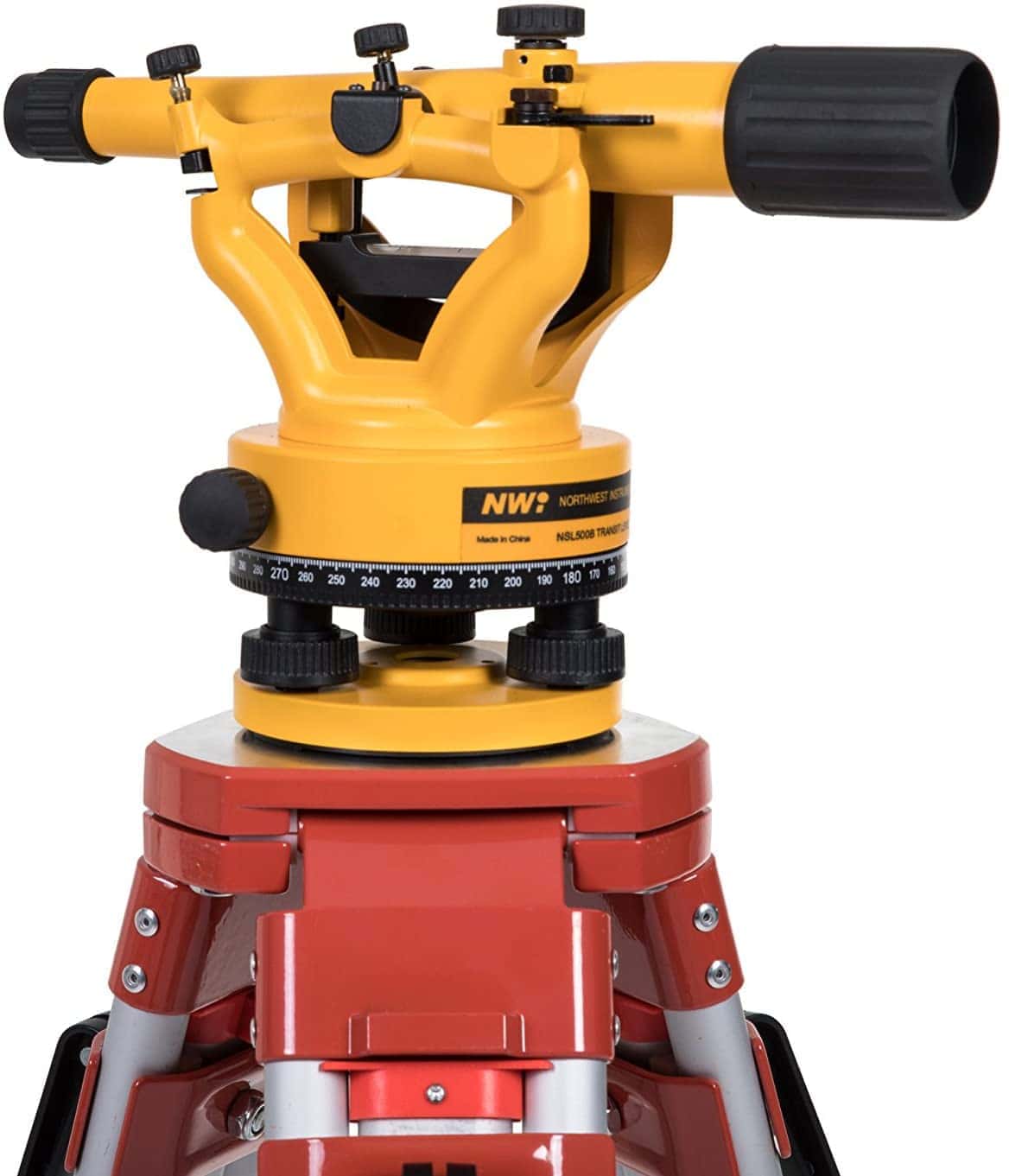Introduction:

Image: www.laserlevelhub.net
Measuring vertical angles is crucial in various fields like surveying, construction, and astronomy. Whether you’re mapping out a construction site or determining star positions, understanding how to use a transit level is essential. In this comprehensive guide, we’ll delve into the world of transit levels, exploring their history, purpose, and the step-by-step process of using them accurately.
Understanding Transit Levels
A transit level is a surveying instrument used to establish a horizontal line of sight, known as the level line. This line of sight is perpendicular to the force of gravity and forms the basis for measuring vertical angles. Transit levels have a telescope that can rotate horizontally and vertically, allowing precise measurement of angles in both planes.
Step-by-Step Guide on How to Use a Transit Level
- Setup: Ensure the transit level is set up on a stable and level surface using a tripod. Adjust the leveling screws until the bubble in the circular level is centered.
- Target Alignment: Use the eyepiece to focus on the target. Adjust the crosshairs in the field of view over the center of the target using the focusing screws.
- Level Line Adjustment: Rotate the telescope until the bubble in the level tube is centered. This ensures that the telescope’s line of sight is exactly horizontal.
- Vertical Angle Measurement: Use the vertical circle on the transit level to read the elevation angle. This angle is measured from the horizontal plane to the line of sight.
- Horizontal Angle Measurement: Use the horizontal circle to read the azimuth angle. This angle is measured from an arbitrary reference direction to the line of sight.
Tips for Accurate Measurements
- Ensure the transit level is properly calibrated and adjusted before use.
- Minimize errors by carefully adjusting the leveling screws until the bubble is perfectly centered in both the circular level and the level tube.
- Use a stable and vibration-free surface for maximum precision.
- Shelter the transit level from direct sunlight or extreme temperatures to prevent distortions.

Image: housegrail.com
Expert Advice
- Choose the right transit level for the desired accuracy and application.
- Practice regularly to master the technique and improve your precision.
- Consult with experienced surveyors or engineers for guidance and troubleshooting.
Frequently Asked Questions (FAQs)
Q: What is the difference between a transit level and a dumpy level?
A: Transit levels offer precise horizontal and vertical angle measurements, while dumpy levels are simpler instruments used primarily for leveling applications.
Q: How often should I calibrate my transit level?
A: Regular calibration is essential for accurate measurements. The frequency depends on the frequency of use and environmental conditions. Consider calibrating every few months or before using the level for critical surveys.
Q: Can I use a transit level to measure distances?
A: While transit levels can indirectly measure distances using trigonometry, they are primarily intended for angle measurements. For accurate distance measurements, consider using a theodolite or a distance meter.
How To Use Transit Level
Conclusion
Mastering the art of using a transit level empowers you with precise vertical and horizontal angle measurements. By following the detailed guide above and incorporating the expert advice provided, you can effectively utilize this valuable surveying tool. Whether you’re navigating a construction site, surveying a landscape, or exploring the vastness of the universe through astronomy, this comprehensive knowledge enables accurate data collection and profound understanding of your surroundings. Are you ready to embark on the journey of precise measurements with a transit level?